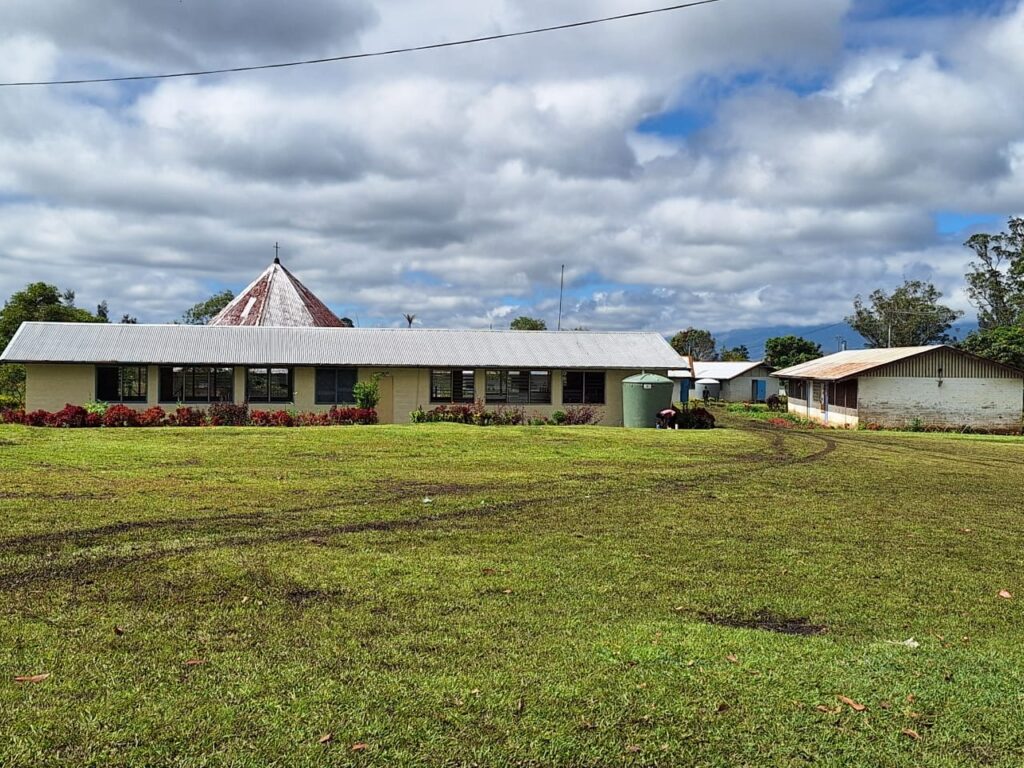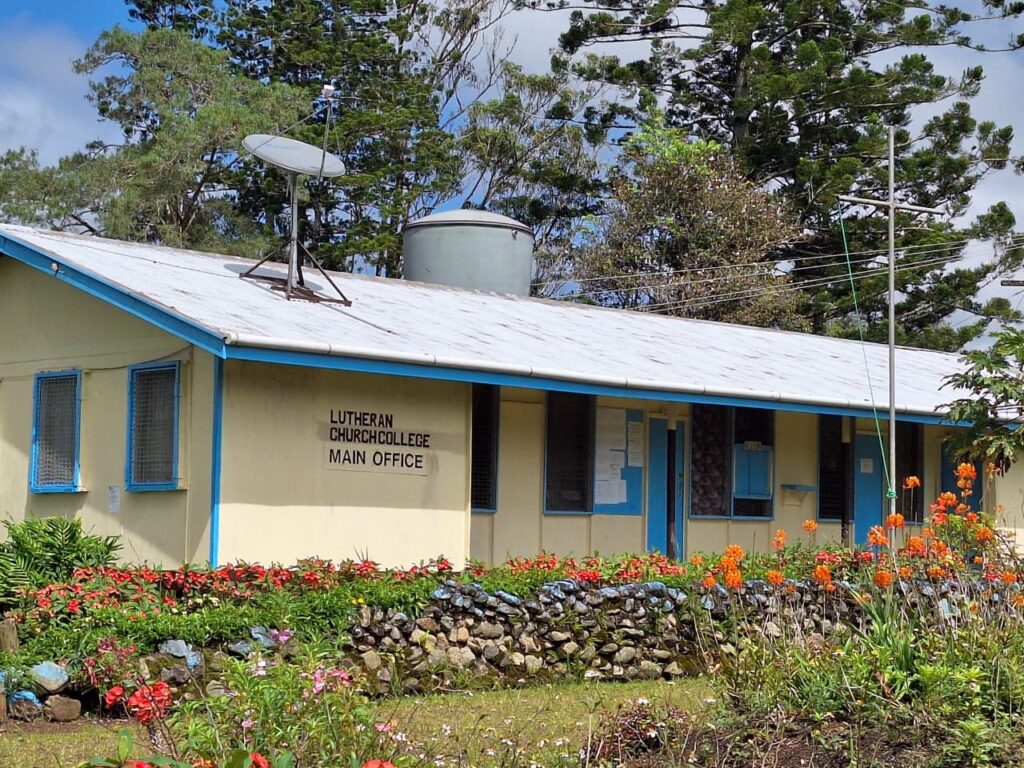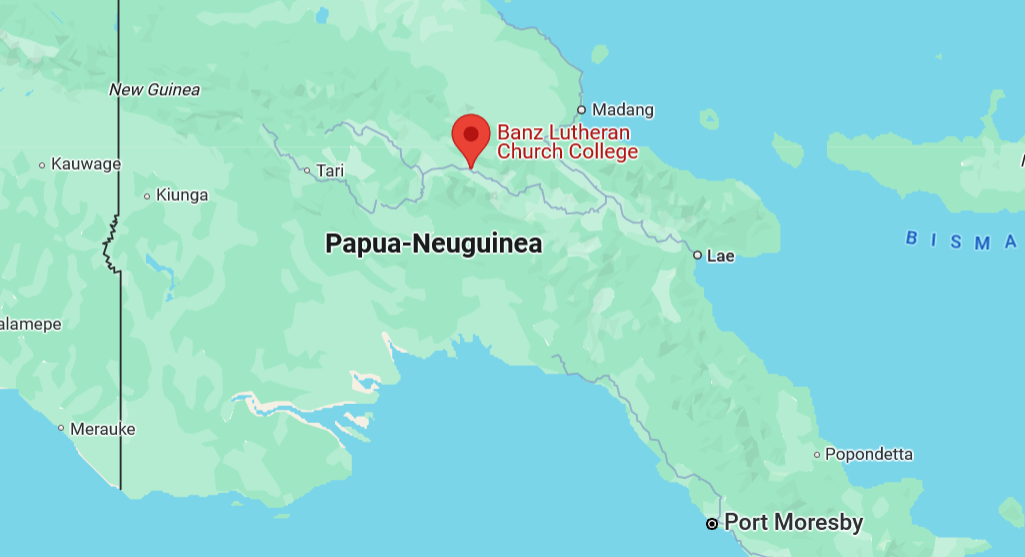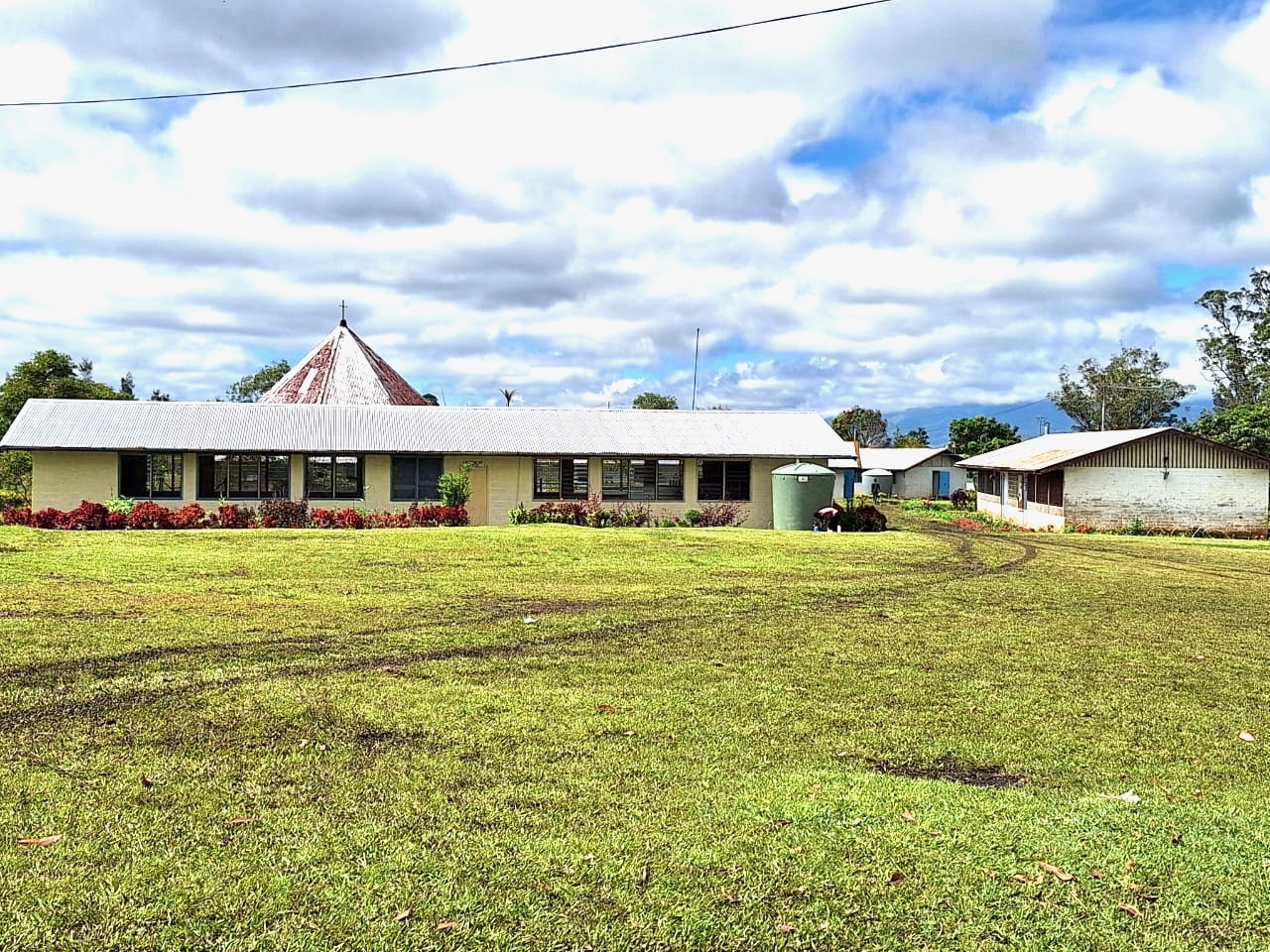Situation
Banz near Mt.Hagen, Jiwaka province, is home to a Primary and Secondary Dayschool, a medical Health Center and educational facilities for adults. 100+ students learn various skills, such as Tropical Agriculture, Livestock Breeding, Advanced Ministries and Business Management. Banz campus consists of approx. 60 households for students, families and staff, with approx. 300-400 persons living permanently on site.
Power supply is provided from Mt. Hagen with outages in the order of 8-10 hours per day and extended periods of full blackout lasting many days. Quality of life and education suffers greatly from the lack of electrical power. A small portable diesel generator can provide power to single houses as temporary relief.
Specific challenges
Farming and agriculture at Banz require large amounts of water, which must be pumped from underground wells and be distributed to residential houses and the fields. The pumped water is not clean and not suitable for immediate drinking. Lack of electrical power and the high costs of gas-cooking require boiling the water on wood-fire, which is a labour-intensive procedure and leads to pollution of air and water by burnt particles. A large portion of student’s time is spent on elementary daily survival routines rather than on education.
Currently water is pumped to a high-rise tank whenever power is available. From the tank it flows only by gravity over large distances to the houses. An electrical water pump with permanent power supply is critically needed to increase the water pressure and to ensure safe distribution of water throughout the campus at all times.
Planned solution
First calculations show that a rooftop solar array with battery storage can keep the campus facilities permanently powered. This will ensure safe water supply, student’s study times in the evenings, security lights at night and can also compensate a rainy day when less solar energy is provided by the sun.
A school building with a large, shade-free and robust roof is proposed as the location for the solar power-house. This building is located centrally in the campus and is a very good candidate from a perspective of stability, electrical distribution and security.
A suitable room for the power electronic equipment shall be found within or near the building.
Estimated completion date
When financing of the solar station has been confirmed, design and installation can be completed by early 2026.
Required resources
Roof space, room for power electronic equipment, workforce for installation.
The community shall provide 4-6 young persons, women and men equally, to be trained on the basic skills needed to install, operate, maintain and repair the solar system during its expected lifetime of 15-20 years and to keep the system in good operational condition.
This local team will be trained in the SolSol “Engineering School” courses for installation of the components, maintenance, regular quality controls, administration and recording of the energy meters placed throughout the campus.




